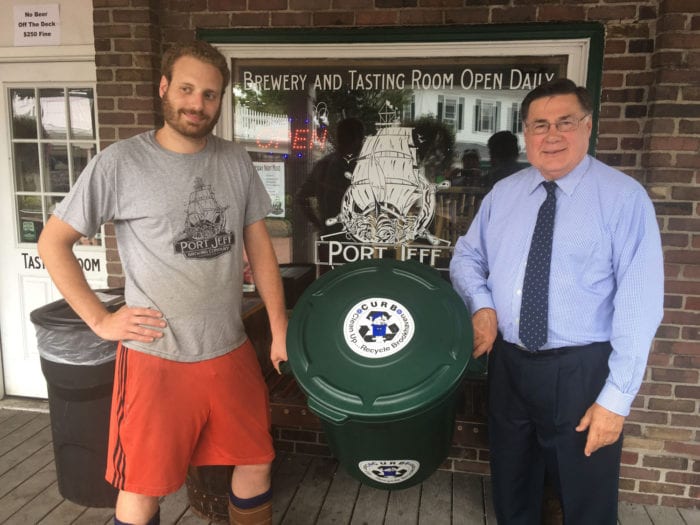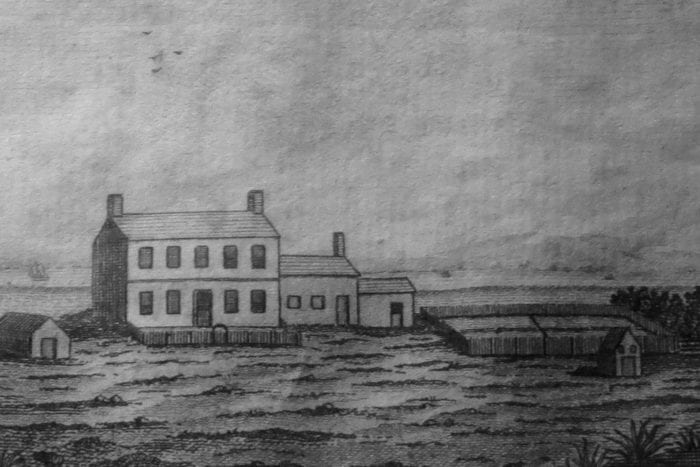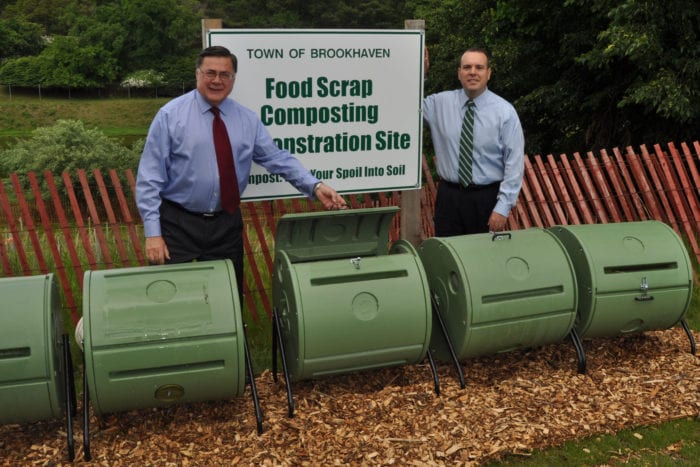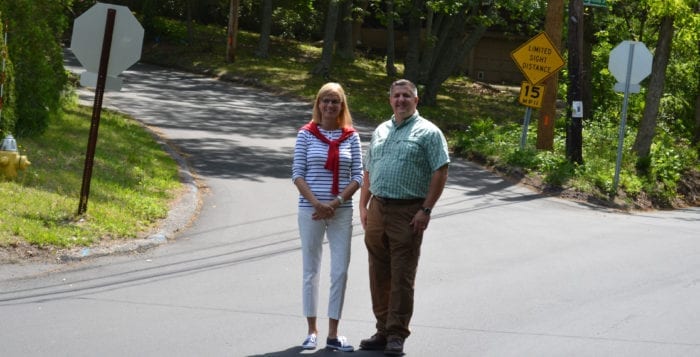By Kyle Barr
For Ann Pellegrino, the founder of Bethel Hobbs Community Farm in Centereach which donates 90 percent of its locally grown vegetables to area food pantries, the mission hits close to home.
“Years ago I was a single mother with three kids working two different jobs, and I’ve had to go to food pantries a couple times,” she said. “But when you go to the typical food pantry, you get boxed stuff, stuff that doesn’t have any nutrients, stuff that doesn’t have any vitamins in it, it’s just stuff to fill your belly.”
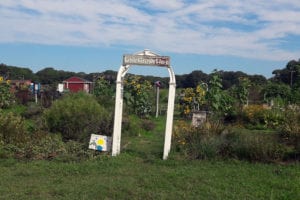
Because the mission is so important to her, when government funds ran dry, she needed help.
Brookhaven Town Councilman Kevin LaValle (R-Selden) stepped in with an idea to host a local race to bring the community together while helping to raise funds for the farm.
LaValle called for help from Suffolk County Legislator Tom Muratore (R-Ronkonkoma) and Hobbs Farms volunteers and the annual Run the Farm Four-Mile Challenge was born.
Now in its third year, more than 200 runners of all strengths and abilities came out on a warm, humid day Aug. 19 to support the farm. In total, more than $7,500 was raised.
“This is the last remaining farm in Centereach — It’s not only a part of our history but an active part of our history,” LaValle said. “You have kids 5, 6 years old, you have college kids, high school kids, seniors that are out there volunteering. It brings so many people together in this community for a great cause.”
The runners lined up at the start in front of the Oxhead Road Elementary School and waited for the horn. Their route took them in a loop that ended on the west side of the farm where they were greeted by cheering family members, friend and volunteers. Tall yellow sunflowers and green vegetables could be seen growing beyond the archway to the farm and a sign saying “Love Grows Here.”
“I was remarried and I was able to step back a little bit because people were there for me,” Pellegrino said. “I wanted to give back to people stuff that wasn’t just packaged.”
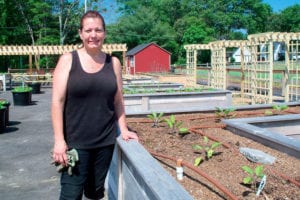
The volunteers at Bethel Hobbs farm are often community members, with a handful of student volunteers from Suffolk County Community College and Stony Brook University.
“I live three houses down from here, so I’m always here helping out when I’m not in college, and when I’m not busy during the semester I stop by and do some help inside the community,” said SCCC student Bershell Hall. “I think it’s really great what they do here, because they have health standards, people in the community can come here and pull for their own usage.”
Kraig Rau placed first in the race with a time of 22 minutes, 52 seconds. He strode across the finish line with a body and face streaming with sweat, and he gladly took the water bottle from a volunteer’s outstretched hand. Rau grew up in the community and graduated from Centereach High School.
“It’s my second time here; I was here last year,” he said. “I think it’s a great event, it’s the local community here. I live a mile away so I run here and then I just run home.”
The run was sponsored by several groups, including a few large-scale food chains like Whole Foods and ShopRite. A group of 21 employees from the Selden ShopRite showed up to support the event.
“The farm is vital to the infrastructure of the island and Middle Country, and we’re very fortunate to have it,” said Charles Gallagher, the owner of the Selden ShopRite. “We need to make sure we continue to support it, it’d be a real shame if it went away.”


